All’origine del progetto, paesaggio storico e patrimonio culturale. Percorsi, città e architetture nel versante ionico della Calabria meridionale
Abstract
Ritengo che l’interpretazione del paesaggio storico e del patrimonio culturale di un’area sia indispensabile prima di un qualsivoglia intervento progettuale, per evitare distruzioni e alterazioni connesse a mancata conoscenza della storia dei luoghi e delle loro memorie. Pertanto mi sono occupata di un’area del versante ionico della Calabria, “fragile” ma con patrimonio culturale e ambientale significativo e già appartenente al vasto “Stato Carafa”, di cui presento lo studio storico. Nel 1771 Vincenzo Maria Carafa, VIII Principe di Roccella, affidò al regio ingegnero Tommaso Rajola l’incarico di stesura delle carte topografiche dei suoi feudi. L’incarico fu assolto rapidamente, in un triennio le operazioni di rilievo erano concluse e dopo un decennio, nel 1783, fu completata la stesura definitiva di tutti i disegni. Questo corpus iconografico riveste un’importanza eccezionale, perché con notevole qualità grafica ci fornisce una miriade d’informazioni, non solo giuridiche ed economiche, sui feudi Carafa alla fine del XVIII secolo. Ho proiettato queste entità territoriali all’attualità e nello stesso tempo ho operato a ritroso, a quel XVI secolo nel quale, ad alcuni decenni dall’avvio, si stabilizzò la presenza Carafa nell’estremità meridionale della Calabria Ultra. Ho esaminato la politica urbanistica applicata tra il XVI e la fine del XVIII secolo, accertando per ciascun feudo la rete dei percorsi, gli interventi sul territorio e sui centri abitati e le azioni di sostegno agli Ordini religiosi, soffermandomi in particolare sui borghi di Condojanni e Sant’Ilario.
Origins of the Project, Historical Landscape and Cultural Heritage. Paths, Cities and Architectures of the Ionian Side of South Calabria
It is my opinion that the cultural inheritance of a land must be studied before any project or intervention in order to avoid destruction or alteration resulting from ignorance of the history of a landscape. Therefore, a weak area with a very significant cultural and environmental heritage of the Ionian side of Calabria belonging to the wide “Carafa State”, yet of historical importance, was carefully studied. In 1771 Vincenzo Maria Carafa, 8th Prince of Roccella, assigned to the regio ingegnero Tommaso Rajola the task of drawing up the topographical papers of his feuds. The assignment was concluded quickly, in three years, and after 10 years, in 1783, the final drawings were ready. This iconographic work is of great importance because it provides significant information, not just economical and bureaucratic, about Carafa's feuds at the end of XVIII century. The territorial entities from this work with the reality of today, as well as the former situation of a few decades from the beginning of XVI century when the presence of the Carafas was stabilized in the south of Calabria Ultra, yet with solutions of continuity, were compared. The urban policy used between XVI and the end of XVIII century was examined to ascertain pathways and proceedings for every feud to regulate territories and city centres and to sustain religious orders, with special regard for the towns of Condojanni and Sant'Ilario.
Parole chiave
Full Text
PDFDOI: https://doi.org/10.14633/AHR159
Refback
- Non ci sono refbacks, per ora.
Copyright (c) 2019 Francesca Martorano

This work is licensed under a Creative Commons Attribution-NonCommercial 4.0 International License.
........................................................................................................................................................................................................................................................................................................................................................
ArcHistoR è una rivista open access e peer reviewed (double blind), di Storia dell’architettura e Restauro, pubblicata dall’Università Mediterranea di Reggio Calabria con cadenza semestrale.
ISSN 2384-8898
![]()

Comitato scientifico internazionale
Maria Dolores Antigüedad del Castillo-Olivares, Monica Butzek, Jean-François Cabestan, Alicia Cámara Muñoz, David Friedman, Alexandre Gady, Jörg Garms, Miles Glenndinning, Mark Wilson Jones, Loughlin Kealy, Paulo Lourenço, David Marshall, Werner Oechslin, José Luis Sancho, Dmitrij O. Švidkovskij
Comitato direttivo
Tommaso Manfredi (direttore responsabile), Giuseppina Scamardì (direttrice editoriale), Antonello Alici, Salvatore Di Liello, Fabrizio Di Marco, Paolo Faccio, Mariacristina Giambruno, Bruno Mussari, Annunziata Maria Oteri, Francesca Passalacqua, Edoardo Piccoli, Renata Prescia, Nino Sulfaro, Fabio Todesco, Guglielmo Villa
 .
. 


2.jpg)
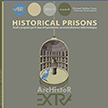
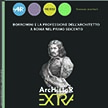
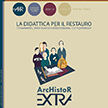
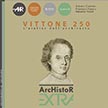
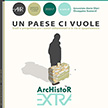
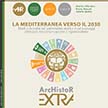
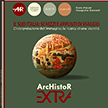
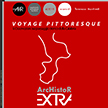
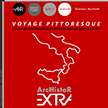
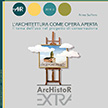
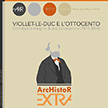
_2.jpg) .
. 
 .
. 

